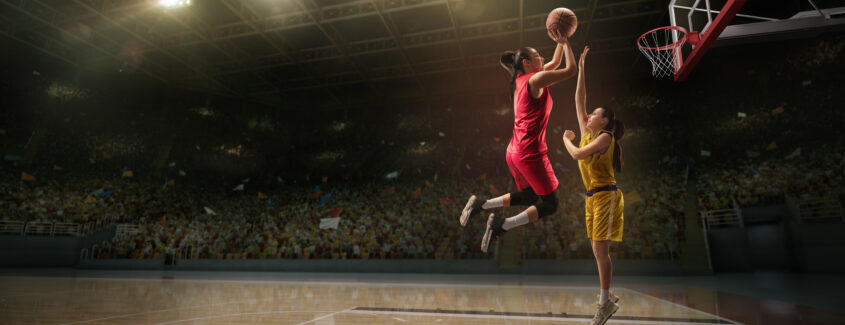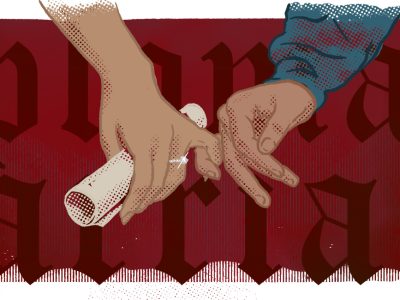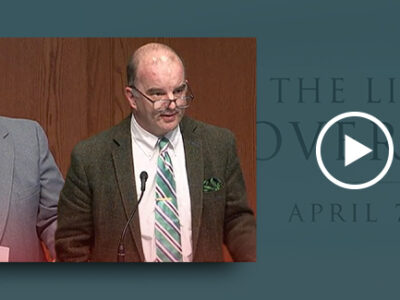
Social media has been abuzz since it became known that Iowa superstar Caitlin Clark, the number one draft pick in the WNBA, will make only $76,535 this year playing with the Indiana Fever. By contrast, the NBA’s most recent No. 1 pick, San Antonio Spurs center Victor Wembanyama, will make almost $12.2 million, 161 times as much. Moreover, Wembanyama will earn $55 million during the next four years, while Clark’s salary for this period will be $338,056. This disparity is leading many commentators to criticize the gender inequities that continue to plague most professional and collegiate sports.
Even President Joe Biden joined the fray. On X, he argued that the pay gap between the NBA and the WNBA reflects the differing opportunities of men and women. Even the best women athletes, he asserted, “are not paid their fair share.” He added that “women in sports continue to push new boundaries and inspire us all.”
Although Clark helped attract record-breaking TV audiences to Iowa’s regular season and March Madness games and sellout crowds to arenas throughout the nation, she will earn a meager salary compared with her NBA counterparts. Moreover, in 2023, the highest-paid WNBA player earned $242,000, while Steph Curry earned $55.7 million, and the NBA minimum salary was more than one million dollars. Defenders of these differential salaries stress that the NBA has existed 50 years longer than the WNBA, that it has more than twice as many teams, and that its revenue is $10 billion a year, while that of the WNBA is only $200 million. However, NBA players receive 50 percent of their league’s revenue, while WNBA players get only 10 percent of their league’s proceeds. “We are not asking to get paid what the men get paid. We’re asking to get paid the same percentage of revenue shared,” Las Vegas Aces star Kelsey Plum declared in 2022.
Clark, of course, will make millions from endorsing various products. Her sponsorship deals with companies including State Farm and Gatorade are valued at $3 million. Nike will reportedly sign a deal with her worth more than $20 million that will feature a signature sneaker. Clark, who also earned several million dollars through NIL (name, image, and likeness) while at Iowa, however, is the exception. Far fewer female collegiate athletes than their male counterparts earn large amounts through endorsements.
The low salaries WNBA players, even the league’s greatest stars, earn prompt many of them to play almost year-round by suiting up for teams in Russia, Turkey, and other international venues. Many of them have played in the EuroLeague, where they earned salaries 10 times higher than those they receive in the United States. The pay of the WBNA’s all-time league scorer Diana Taurasi ranged from $500,000 to $1.5 million while playing overseas, while the WNBA’s current maximum salary is $242,000.
While playing abroad, WNBA athletes enjoy additional perks including living in fancy villas equipped with indoor pools and saunas, cooks, chauffeurs, cash bonuses, diamond jewelry, catered lunches, shopping sprees in Paris and Venice, stays at seven-star hotels, and travel by private jets. Compared with playing in Russia, Taurasi ironically noted, playing in the WNBA was like living in nations under communist governments before the fall of the Soviet Union. Playing overseas, though, can involve risks. Remember that Brittany Griner went to play in Russia during the WNBA’s off-season in 2022 where she was arrested and wrongly detained for ten months.
This wage inequality also exists in golf, soccer, and tennis where male professional athletes make anywhere from 15 percent to almost 100 percent more than female athletes. In 2023, the total prize purse for men’s golf was about $450 million compared to the $100 million total for women’s golf. The current minimum salary in Major League Soccer (MLS) is $85,444, while in the National Women’s Soccer League (NWSL) it is $46,500. In 2022, soccer star Lionel Messi, the male athlete with the highest earnings ($130 million), made 87 percent more than tennis star Naomi Osaka, the highest-grossing female athlete ($51.1 million). Tennis is somewhat of an outlier as the prize money at its four major tournaments is the same for men and women, but the purse at many other events is less for women. Moreover, the total compensation female collegiate athletes are receiving through NIL pales compared with their male counterparts.
Although the large disparities in men’s and women’s salaries in numerous professional sports is deplorable, the bigger issue is the gender gap across all work platforms. American women still earn less than men for doing the same work and are underrepresented in management positions. They also hold far fewer political positions than men, and they often face numerous sexist barriers when they run for office and engage in political decision-making. Meanwhile, laws still discriminate against women in the areas of divorce, inheritance, and domestic violence.
In the past two decades, the gender pay gap has hardly narrowed in the United States. In 1982, women earned only 65 cents for each dollar men earned. By 2002, the situation had improved, as women made 80 cents for each dollar men received. In the next 20 years, however, little progress was made. In 2022, American women brought home 82 cents for every dollar men grossed. This gender pay gap persists even though since 1981 more women have graduated annually from college than men and today about 57 percent of college graduates are women.
Certainly, the types of jobs women hold and their giving birth to and rearing children contribute to women earning less than men, but sexual stereotyping and discrimination also play a major role. Perhaps the heated conversation about the disparity in the salaries of professional male and female athletes can inspire us to increase our efforts to end all differences in hiring and earnings based on gender.
Gary Scott Smith is the author of recently published “The Greatest of All-Time: Fifteen Fantastic Athletes.”




